Fall Lawn Care Tips for Madison, WI

Summer is winding down and the kids head back to school. Temperatures start to dip and leaves transform colors into fall foliage. As fall arrives your lawn care routine has to change to accommodate the changing climate.
Fall is the time of year when Madison, WI residents begin to prepare their yards and gardens for the upcoming winter. Wisconsin is known for harsh winters making fall a task filled season in preparation for the spring. Preparing your lawn for winter isn’t difficult, but you do want to make sure you are completing the necessary tasks. Here is a quick guide on how to take care of your lawn during the fall in Madison, WI.
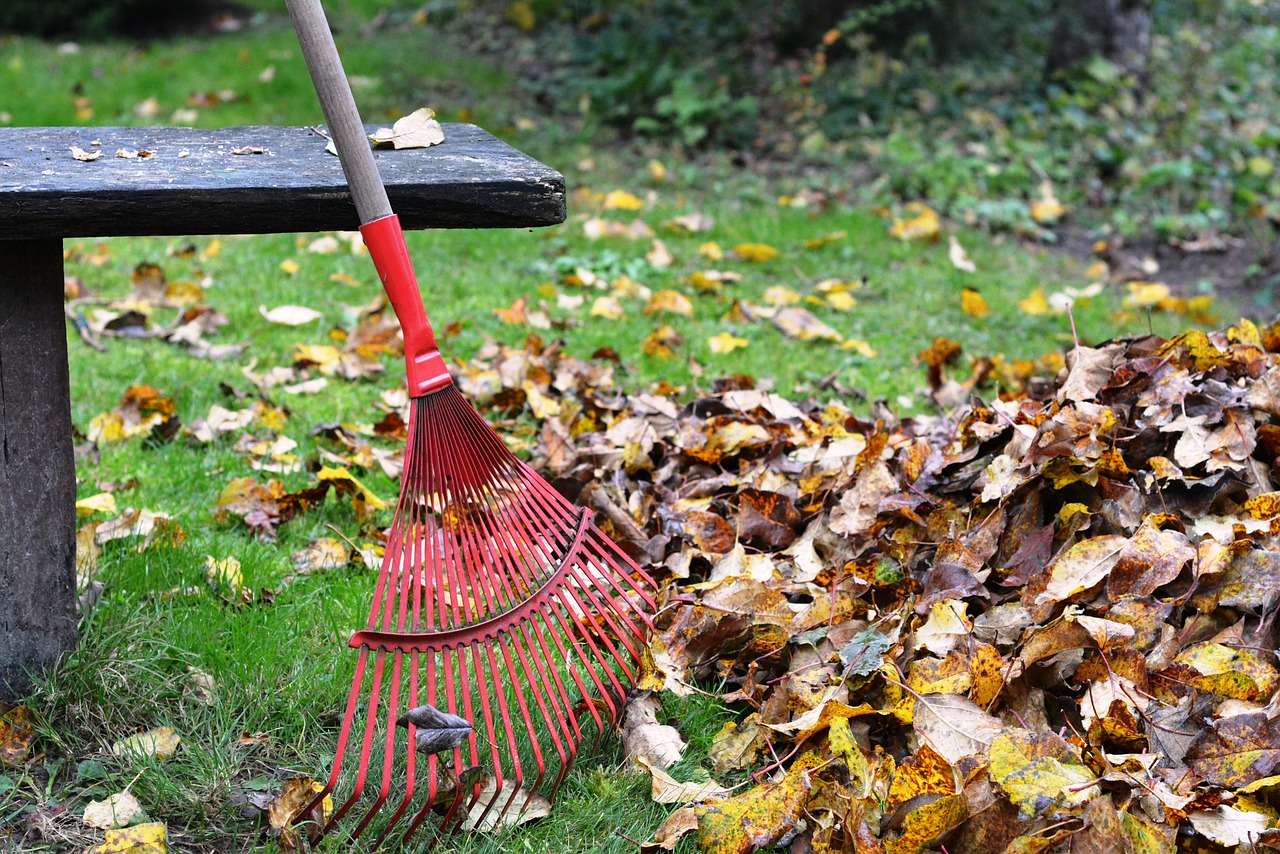
Rake Up Your Leaves
Raking your leaves serves more of a purpose than just giving your kids a place to jump and play. Fallen leaves actually contain a great source of nutrients for your garden and lawn, but you shouldn’t just leave them on your lawn. Rake them up and put them into your compost.
If you do prefer to leave them on your lawn, make sure you put them in a pile and mulch them using a lawn mower. This creates smaller pieces that can then be left on your lawn as organic fertilizer. Smaller pieces decompose at a faster rate. The last thing you want to do is leave a big pile of wet, soggy, large leaves– a breeding ground for bacteria.
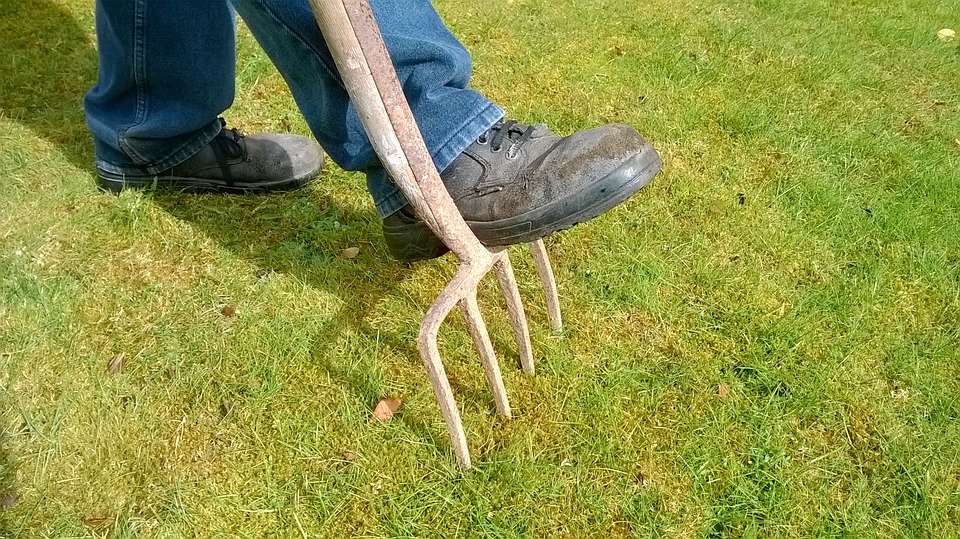
Aerate and Overseed
Cool season grass types do best if you aerate and overseed in the fall, but you can do so in the spring if you forget. September is an ideal month for both tasks.
Core aeration is the process of removing small plugs of grass and soil. The goal is to allow more oxygen, sunlight, nutrients, and fertilizer to reach the ground and roots. You can take the DIY approach and purchase a core aerator at a local garden store. The other option is to pay a professional to complete this task. Core aeration is one of the leading services that professional lawn care companies perform.
Once you aerate the lawn, you should overseed. Overseeding is merely the process of laying seed over the bare spots in your grass. Rake the bare spots to remove the dead grass and twigs up. Then, spread the seeds over the soil. Make sure you water well!
Overseeding is essential because it supports your lawn’s strong foundation. It improves the overall health and appearance. Ideally, the lawn should be as healthy as possible as you enter the winter season. Winter is difficult for grass, so these little things increase its health.
It’s also a great time to level your lawn. If you’ve noticed any dips or holes in the surface of your yard, address it before winter begins. All you have to do is blend planting soil with compost or sand into the unleveled areas.
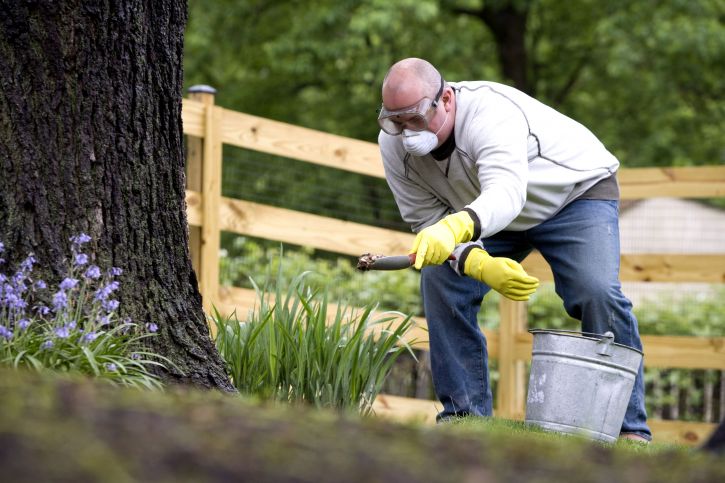
Fertilize Your Lawn
Fall is one of the best times to fertilize cool season grass types. cool season grass types love the fall months because it is the time when they recover from the hot, harsh temperatures of summertime. Fall fertilization gives your lawn a healthy dose of nitrogen to give the grass a boost.
If you aren’t sure about what your soil requires, you can prefer a soil test to see what your soil is lacking. Taking the time to ensure your lawn has all of the nutrients needed to stay healthy and to keep weeds at bay is important! If you have lush, green grass, soil testing ensures you use the right fertilizer.
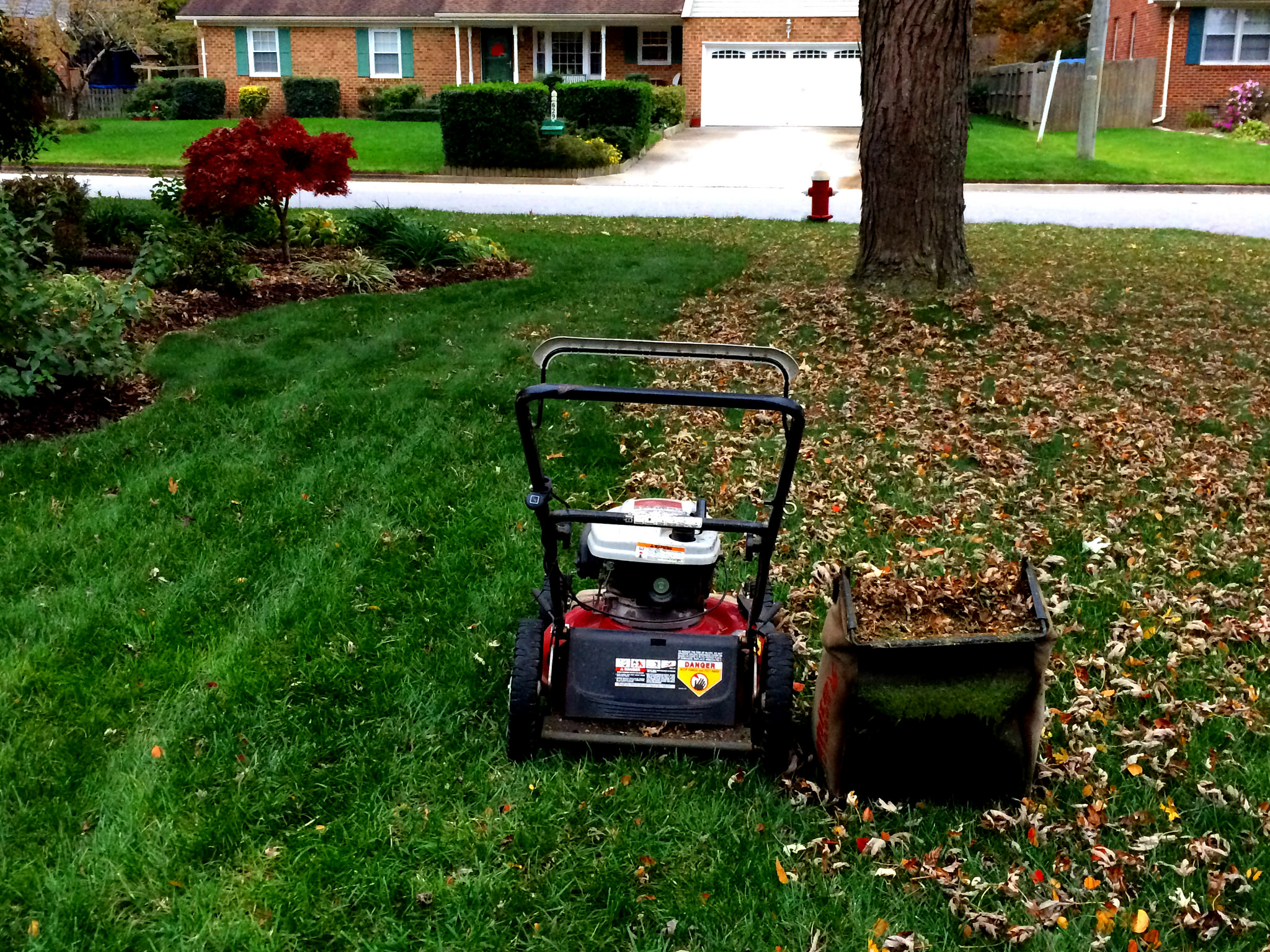
Keep Mowing
You may think it’s time to cut back on mowing, but it’s not time to stop just yet. Cool season grass types still grow in the fall months, but their growth does slow down. Your lawn might need to be mowed once every two weeks. Keep an eye on your grass to determine how often you need to mow your grass.
Remember that you should never remove more than one-third of the height of your grass blades at a time. Doing so puts unnecessary stress on your grass, and it could potentially turn brown. Taking off too much grass height takes away the stored food that your lawn needs to keep growing.
Once the fall season is coming to an end, you’ll want to prepare for the last mow of the year. Lower your mower deck to the lowest height recommendations for your turf. Doing so stops the grass from matting during the colder weather. It also helps to prevent diseases from gathering and using the grass as a breeding ground.
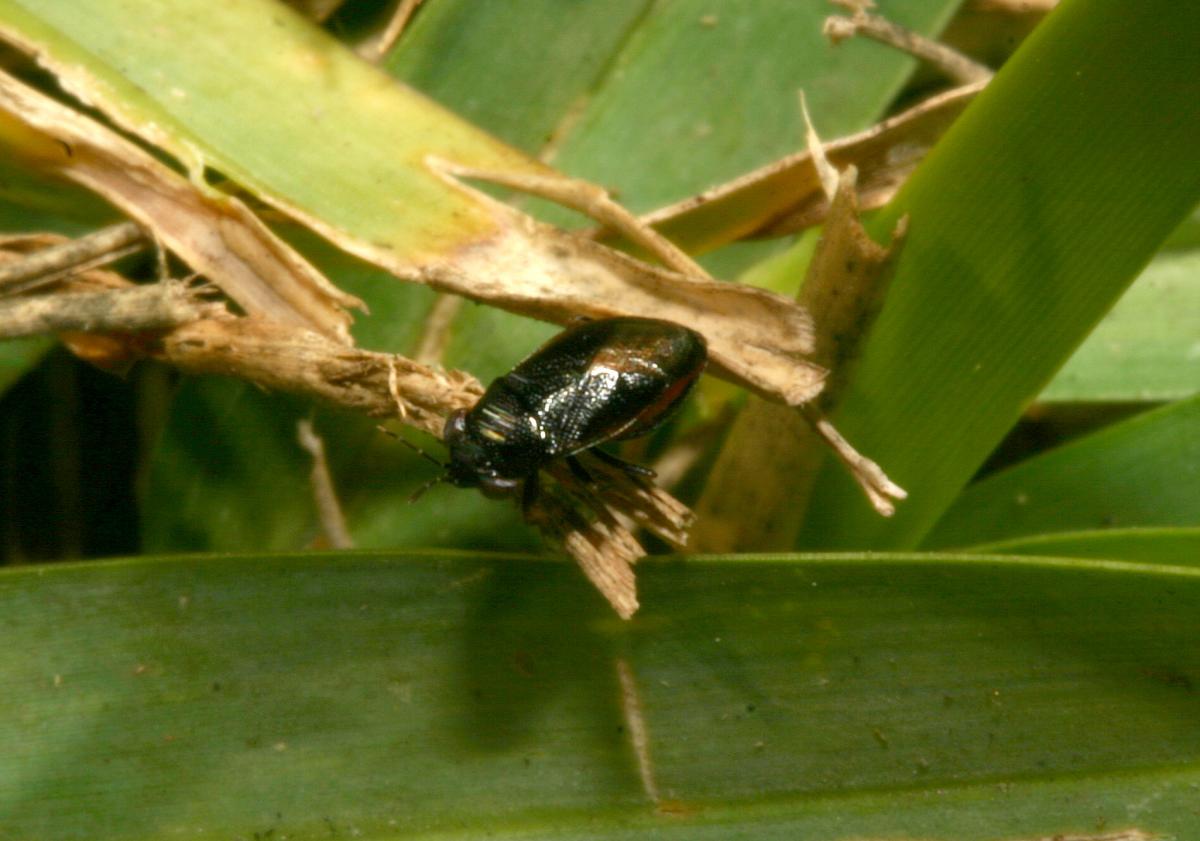
Take Care of Weeds and Pests
Most cool season grass types don’t require a traditional weed or pest control in the fall, but that doesn’t mean you shouldn’t pay attention. Problems pop up when you aren’t expecting it. Cool season grass types are susceptible to moss, which typically comes out in the fall.
Monitor for Watering
Your lawn still needs around one inch of water each week to thrive. Fall is one of the harder times to ensure your lawn receives the right amount of water as the temperatures start to decline. Keep in mind to not overwater your lawn as it can lead to fungal diseases.
The rule is to only water your lawn if it needs it. If fall brings plenty of rainfall, cut back or eliminate additional waterings entirely. If your fall conditions are arid this season in Madison, you should continue to water to ensure your lawn stays healthy.
Taking care of your lawn in Madison is far from complicated. Most of the tasks you need to perform in the spring as well to guarantee that your grass is as healthy as possible before a harsh season begins. Remember to lay fertilizer and water until your lawn needs it.
Need help caring for your lawn as you explore these places? Visit our Madison lawn care page to get in touch with a professional! In addition to Madison, we provide lawn care services to other Wisconsin cities, including Milwaukee, Hudson, and Pleasant Prairie.
Featured image source: Zillow Madison
Areas we service near Madison